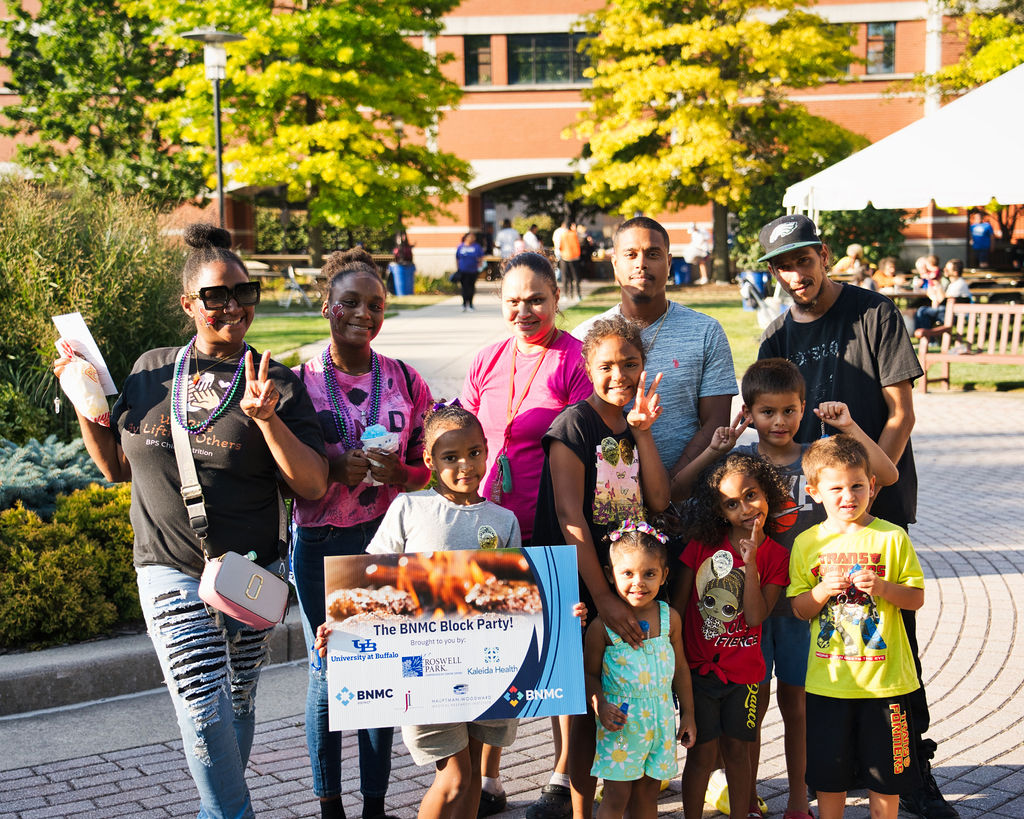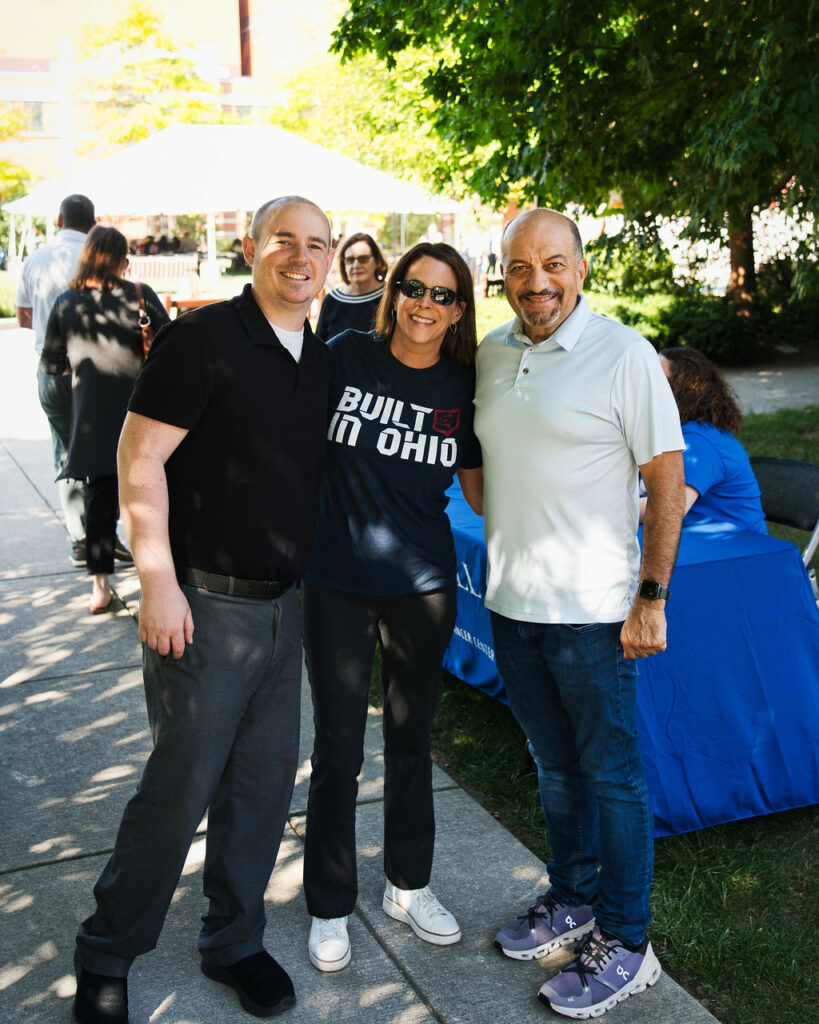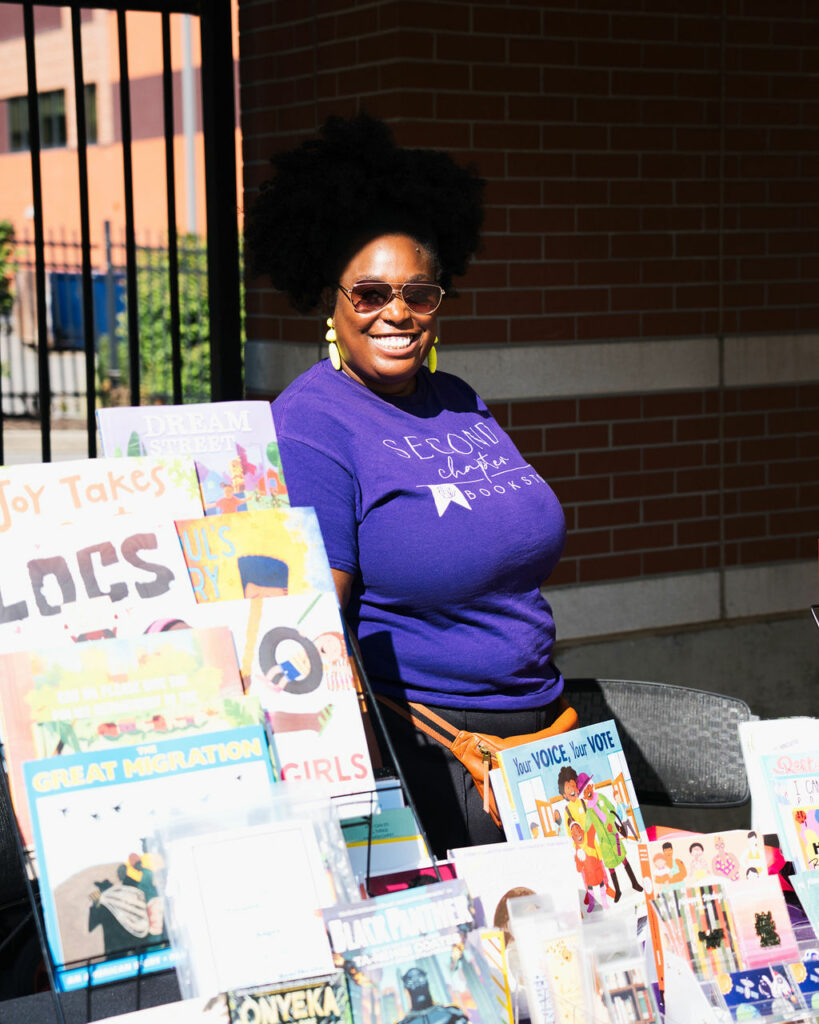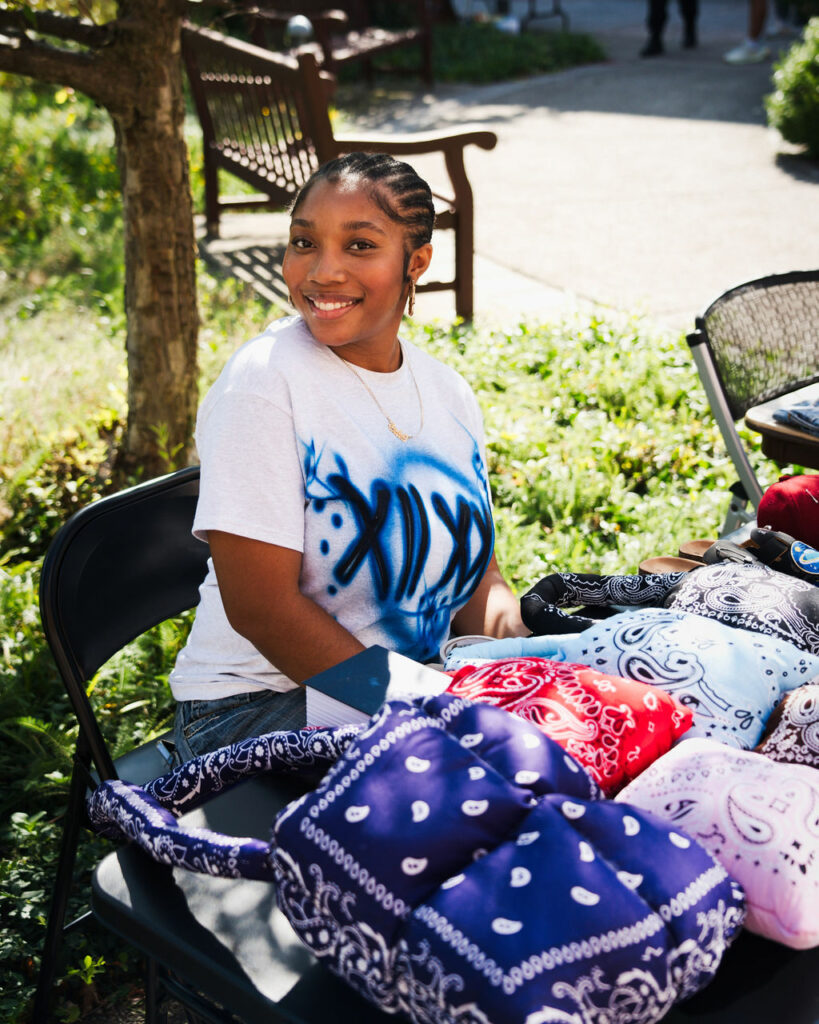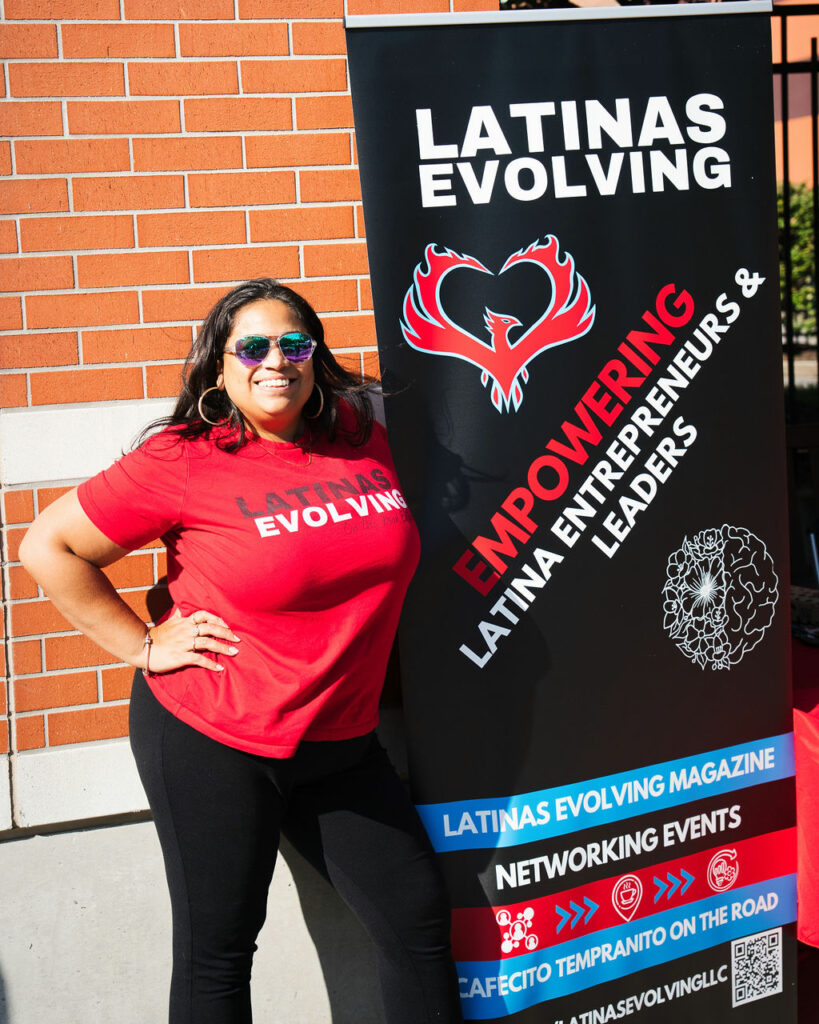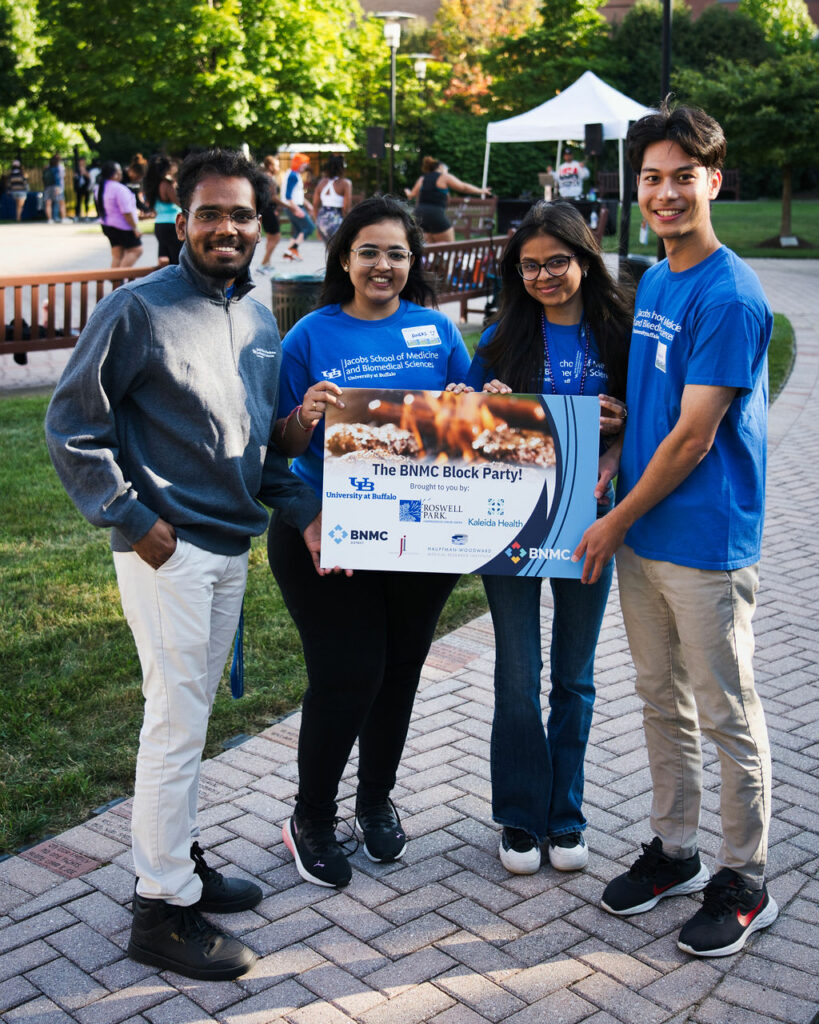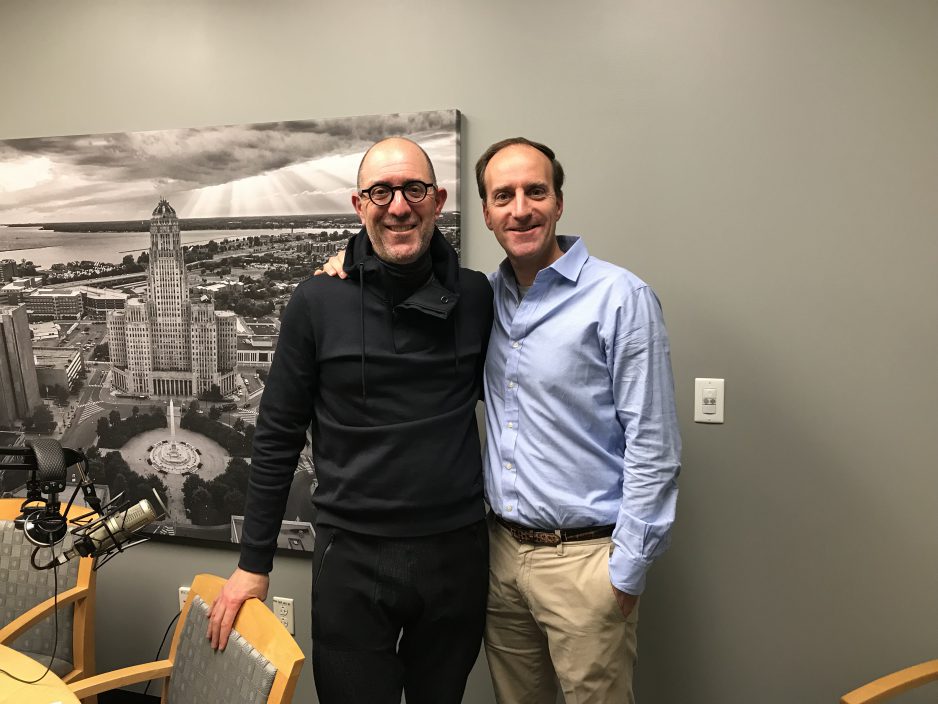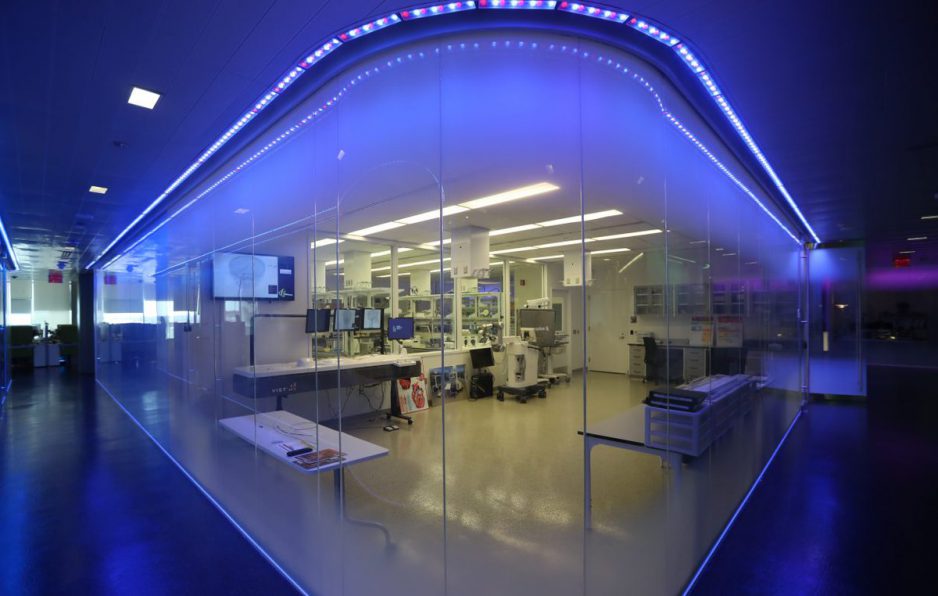A huge thank you to everyone who joined us at the BNMC Block Party at Kaminski Park yesterday! The weather was beautiful and gave us the perfect backdrop to come together, eat, laugh, and dance.
Thanks also to our amazing partners and collaborators who made it all happen.
- Roswell Park Comprehensive Cancer Center
- University at Buffalo
- Hauptman Woodward Medical Research Institute
- Jacobs Institute
- Kaleida Health
Special thanks to NFTA, the Buffalo AKG, and all the amazing vendors who came to showcase their businesses and work in our community. Here’s a photo gallery by photographer Jean Rios to enjoy!


